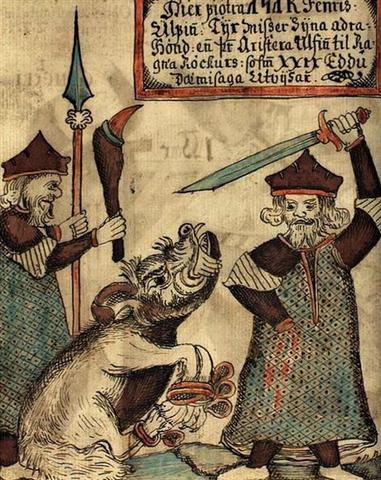What prominent star could be at the beginning of April?
To exactly adjust calendar time according to the position of a star can hardly be done otherwise than via observing its culmination at midnight. The answer to my question could therefore be Regulus, because in my star list I have no other great star culminating close to April 3:
But I am not satisfied, 3 days' difference it too much and cannot be accepted. The heliacal time at Ca1-12 was (92 - 80) / 365.25 * 24h = 0h 47m and therefore the nakshatra time was 12h 47m:
The nakshatra day numbers above indicate a position close to RA day 193. And - we should remember - Mimosa was in rongorongo times rising heliacally in day 192.9 (12h 40m). 12 * 60 + 40 = 760 = 40 * 19. 193 - 181 (equal to the distance from e.g. Aldebaran to Antares and possibly a standard) = 12 = Gregorian day 92, April 2. When Mimosa was seen close to the full moon it meant the beginning of April.
Below I have added also the pair Regulus / Sadalmelik to my earlier table:
Achird is rising somewhat too early in order to serve as a star on the other side of the sky compared to Mimosa. Furthermore, although I have no name in my list for η Andromedae it was important in China:
I have here counted the glyph numbers as 230 (Gb8-30 + side a) + 61 (Gb1+Gb2) + e.g. 20 = 311 at the first of the fishy birds. 314 will then be at Gb3-23 and 314 + 64 = 378 (the synodic cycle of Saturn, the great time giver). "... it is essential to recognize that, whether one has to do with the Mesopotamian Saturn, Enki / Ea, or with Ptah of Egypt, he is the 'Lord of Measures' - spell it 'me' in Sumerian, 'parshu' in Akkadian, 'maat' in Egyptian. And the same goes for His Majesty, the Yellow Emperor of China - yellow, because the element earth belongs to Saturn - 'Huang-ti established everywhere the order for the sun, the moon and the stars' ..." (Hamlet's Mill) For η Andromedae (possibly a sign of the Wolf) the position in a rongorongo text ought to be 11.4 + 365.25 = ca 377 (= 12 + 365). 80 + 12 = 92 (April 2). Right ascension day 377 is here based on 11.4 but my operations have changed the day value to 12, and kua hakagana is at the 12th glyph in the Mamari text:
... Allen does not mention Achird and he has no other name for η Cassiopejae, but I guess the star could be connected with α Leonis, Regulus, once named Achir (Possessing Luminous Rays): 'Naturally sharing the character of its constellation as the Domicilium Solia, in Euphratean astronomy it was Gus-ba-ra, the Flame, or the Red Fire, of the House of the East; in Khorasmia, Achir, Possessing Luminous Rays; and throughout classical days the supposed cause of the summer's heat, a reputation that it shared with the Dog-star.' The Chinese list has Dog in their lunar station after that of the Wolf, and I guess the wild Wolf personifies the dark forces in contrast to the domesticated and friendly Dog. April 1 could be the first day after the dark reign of winter (north of the equator).
| ||||||||||||||||||||||||||||||||||||||||||||||||||||||||||||||||||||||||||||||||||||||||||||||||||||||||||||||||||||||||||||||||||||||||||||||||||||||||||||||||||||||||||||||||||||||||||||||||||||||||||||||||||||||||||||||||||||||||||||||||||||||||||||||||||||||||||||||||||||||||||||||||||||||||||||||||||||||||||||||||||||||||||||||||||||||||||||||||||||||||||||||||||||||||||||||||||||




